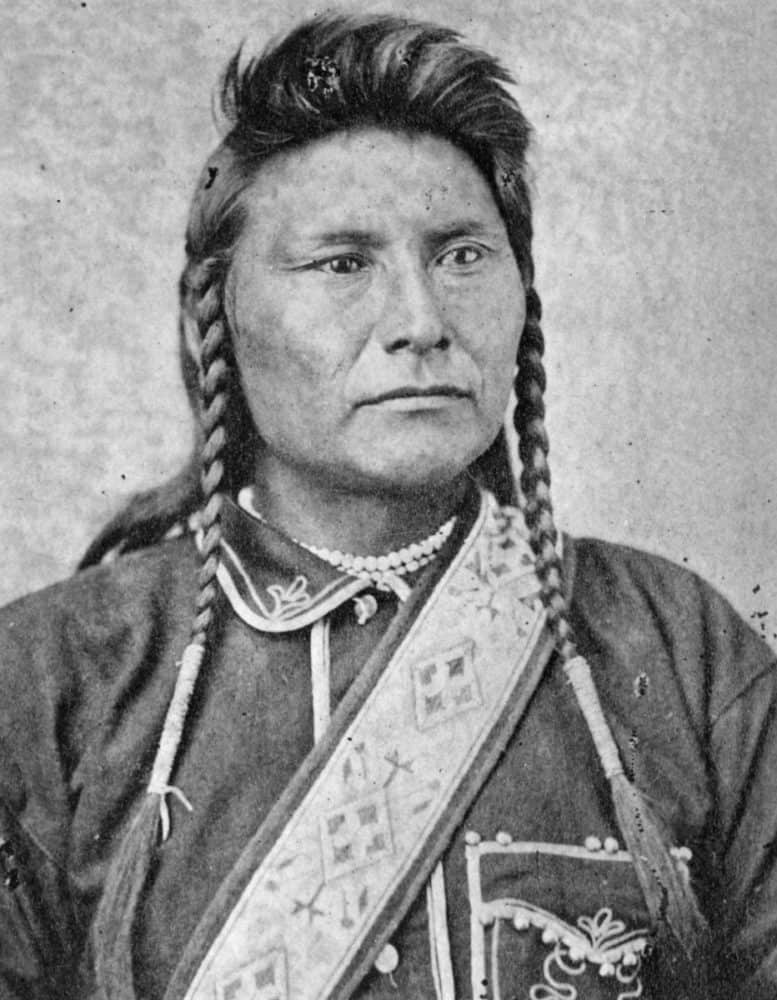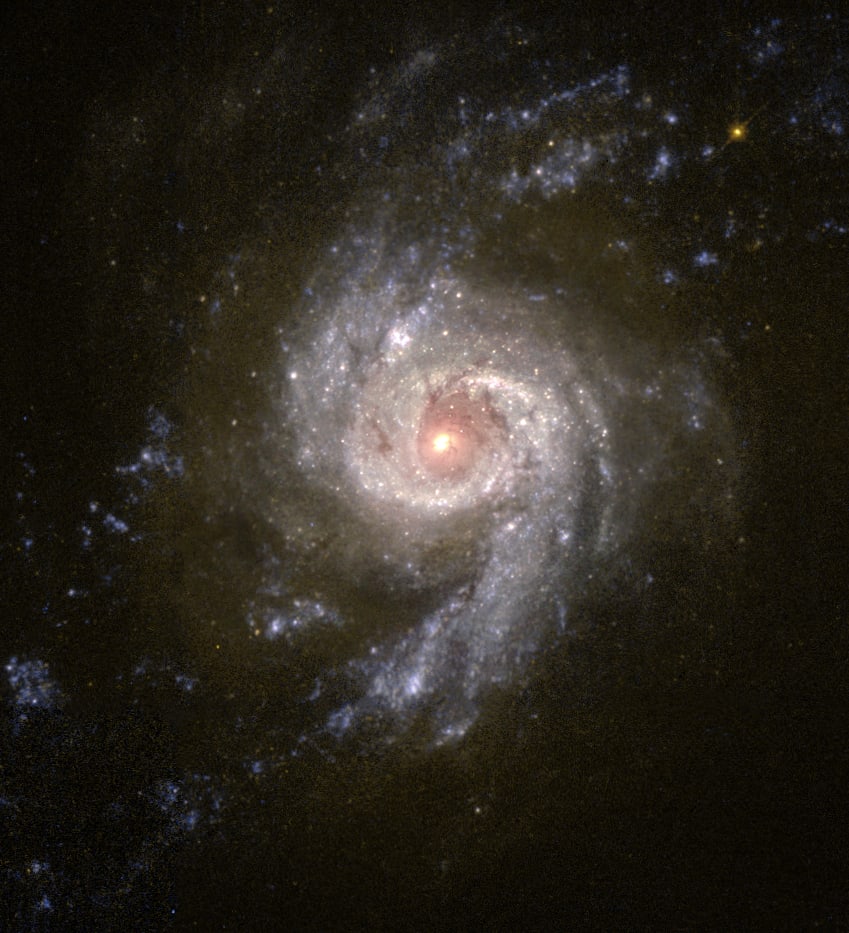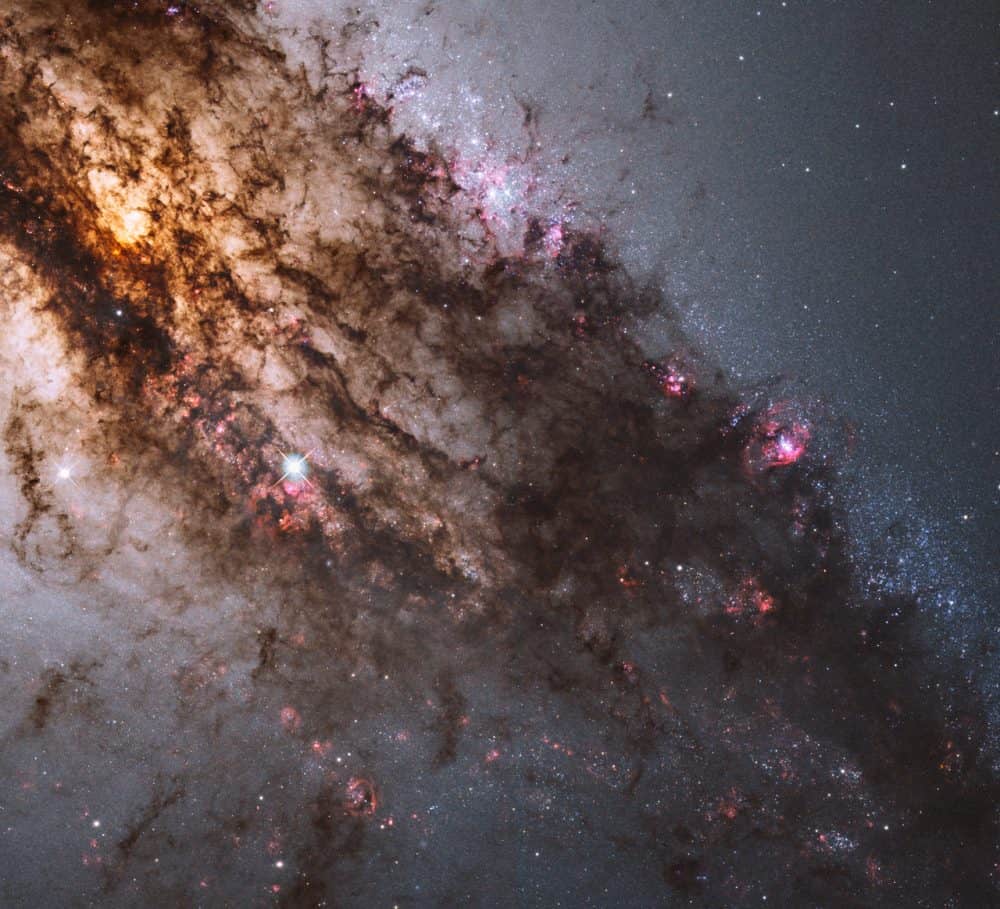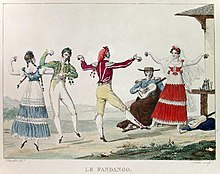Blog
Grady Bernard Tate (January 14, 1932 – October 8, 2017) was an American jazz and soul-jazz drummer and baritone vocalist. In addition to his work as sideman, Tate released many albums as leader lent his voice to songs in the animated Schoolhouse Rock! series.
Tate was born in Hayti, Durham, North Carolina. In 1963 he moved to New York City, where he became the drummer in Quincy Jones‘s band.
Grady Tate’s drumming helped to define a particular hard bop, soul jazz and organ trio sound during the mid-1960s and beyond. His slick, layered and intense sound is instantly recognizable for its understated style in which he integrates his trademark subtle nuances with sharp, crisp “on top of the beat” timing (in comparison to playing slightly before, or slightly after the beat). The Grady Tate sound can be heard prominently on many of the classic Jimmy Smith and Wes Montgomery albums recorded on the Verve label in the 1960s.
During the 1970s he was a member of the New York Jazz Quartet. In 1981 he played drums and percussion for Simon and Garfunkel’s Concert in Central Park.
As a sideman he has played with musicians including Jimmy Smith, Astrud Gilberto, Ella Fitzgerald, Duke Ellington, Count Basie, Rahsaan Roland Kirk, Quincy Jones, Stan Getz, Wes Montgomery, and Michel Legrand.
more...The year 1994 saw the founding of the group Alboka by three well-known Spanish Basque musicians and one Irishman. Aside from their personal musical projects, these four different personalities, Txomin Artola (guitar), Josean Martin Zarko (mandolin, bouzouki), Joxan Goikoetxea (accordion, synths) and Alan Griffin (alboka, bagpipes, flute), decided to set up a group that would compile and perform acoustic instrumental traditional music.
more...https://www.youtube.com/watch?v=TwiNW54bhRc
more...“Let me be a free man, free to travel, free to stop, free to work, free to trade where I choose, free to choose my own teachers, free to follow the religion of my fathers, free to talk, think and act for myself — and I will obey every law or submit to the penalty.” Chief Joseph of the Nez Perce.
more...NGC 3310 is a grand design spiral galaxy in the constellation Ursa Major. It is a starburst galaxy and it is likely that NGC 3310 collided with one of its satellite galaxies about 100 million years ago, triggering widespread star formation. It is thought to be located approximately 46 million light-years away from the Earth, and is thought to be about 22,000 light-years wide.
The ring clusters of NGC 3310 have been undergoing starburst activity for at least the last 40 million years.
more...Joe Pass (born Joseph Anthony Jacobi Passalaqua; January 13, 1929 – May 23, 1994) was an American jazz guitarist of Sicilian descent. He is considered one of the greatest jazz guitarists of the 20th century. He created possibilities for jazz guitar through his style of chord-melody, his knowledge of chord inversions and progressions, and his use of walking basslines and counterpoint during improvisation. Pass worked often with pianist Oscar Peterson and vocalist Ella Fitzgerald.
Born in New Brunswick, New Jersey, Joe Pass was the son of Mariano Passalaqua, a Sicilian-born steel mill worker. He was raised in Johnstown, Pennsylvania. He received his first guitar, a Harmony, on his ninth birthday. His father recognized early that his son had “a little something happening” and pushed him to learn tunes by ear, practice scales, play pieces written for other instruments, and to fill in the space between the notes of the melody.
As early as 14, Pass started getting jobs performing. He played with bands led by Tony Pastor and Charlie Barnet, honing his guitar skills while learning about the music business. He began traveling with small jazz groups and moved from Pennsylvania to New York City. In a few years, he developed a heroin addiction and spent much of the 1950s in prison. He emerged from addiction through a two-and-a-half-year stay in the Synanon rehabilitation program. During that time he “didn’t do a lot of playing”. In 1962 he recorded Sounds of Synanon. Around this time he received his trademark Gibson ES-175 guitar as a gift, which he used on tours and records for many years.
more...Daniel Moses Barker (January 13, 1909 – March 13, 1994) was an American jazz musician, vocalist, and author from New Orleans. He was a rhythm guitarist for various bands of the day, including Cab Calloway, Lucky Millinder and Benny Carter throughout the 1930s.
One of Barker’s earliest teachers in New Orleans was fellow banjoist Emanuel Sayles, with whom he recorded. Throughout his career, he played with Jelly Roll Morton, Baby Dodds, James P. Johnson, Sidney Bechet, Mezz Mezzrow, and Red Allen. He also toured and recorded with his wife, singer Blue Lu Barker. From the 1960s, Barker’s work with the Fairview Baptist Church Brass Band was pivotal in ensuring the longevity of jazz in New Orleans, producing generations of new talent, including Wynton and Branford Marsalis who played in the band as youths.
Danny Barker was born to a family of musicians in New Orleans in 1909, the grandson of bandleader Isidore Barbarin and nephew of drummers Paul Barbarin and Louis Barbarin. He took up clarinet and drums before switching to a ukulele that his aunt got him, and then a banjo from his uncle or a trumpeter named Lee Collins.
Barker began his career as a musician in his youth with his streetband the Boozan Kings, and also toured Mississippi with Little Brother Montgomery. In 1930 he moved to New York City and switched to the guitar. On the day of his arrival in New York, his uncle Paul took him to the Rhythm Club, where he saw an inspiring performance by McKinney’s Cotton Pickers. It was their first performance in New York as a band.
Barker played with several acts when he moved to New York, including Fess Williams, Billy Fowler and the White Brothers. He worked with Buddy Harris in 1933, Albert Nicholas in 1935, Lucky Millinder from 1937 to 1938, and Benny Carter in 1938. During his time in New York, he frequently played with West Indian musicians, who often mistook him for one of them due to his Creole style of playing.
more...a Belgian with Turkish roots and an Armenian
more...Resembling looming rain clouds on a stormy day, dark lanes of dust crisscross the giant elliptical galaxy Centaurus A.
Hubble’s panchromatic vision, stretching from ultraviolet through near-infrared wavelengths, reveals the vibrant glow of young, blue star clusters and a glimpse into regions normally obscured by the dust.
The warped shape of Centaurus A’s disk of gas and dust is evidence for a past collision and merger with another galaxy. The resulting shockwaves cause hydrogen gas clouds to compress, triggering a firestorm of new star formation. These are visible in the red patches in this Hubble close-up.
At a distance of just over 11 million light-years, Centaurus A contains the closest active galactic nucleus to Earth. The center is home for a supermassive black hole that ejects jets of high-speed gas into space, but neither the supermassive black hole or the jets are visible in this image.
This image was taken in July 2010 with Hubble’s Wide Field Camera 3.
more...George M. Duke (January 12, 1946 – August 5, 2013) was an American keyboard pioneer, composer, singer-songwriter and record producer. He worked with numerous artists as arranger, music director, writer and co-writer, record producer and as a professor of music. He first made a name for himself with the album The Jean-Luc Ponty Experience with the George Duke Trio. He was known primarily for thirty-odd solo albums, of which A Brazilian Love Affair from 1980 was his most popular, as well as for his collaborations with other musicians, particularly Frank Zappa.
George Duke was born in San Rafael, California and raised in Marin City. At four years old he became interested in the piano. His mother took him to see Duke Ellington in concert and told him about this experience. “I don’t remember it too well, but my mother told me I went crazy. I ran around saying ‘Get me a piano, get me a piano!'” He began his formal piano studies at the age of 7 at a local Baptist church.
In 1975, Duke fused jazz with pop, funk, and soul music on his album From Me to You. Three years later his album Reach for It entered the pop charts, and his audiences increased. During the 1980s his career moved to a second phase as he spent much of his time as a record producer. He produced pop and R&B hits for A Taste of Honey, Jeffrey Osborne, and Deniece Williams. His clients included Anita Baker, Rachelle Ferrell, Everette Harp, Gladys Knight, Melissa Manchester, Barry Manilow, The Pointer Sisters, Smokey Robinson, and Take 6.
more...James Columbus “Jay” McShann (January 12, 1916 – December 7, 2006) was a jazz pianist and bandleader. He led bands in Kansas City, Missouri, that included Charlie Parker, Bernard Anderson, Ben Webster, and Walter Brown.
McShann was born in Muskogee, Oklahoma, and was nicknamed Hootie. Musically, his education came from Earl Hines‘s late-night broadcasts from Chicago’s Grand Terrace Cafe: “When ‘Fatha’ [Hines] went off the air, I went to bed”. He began working as a professional musician in 1931, performing around Tulsa, Oklahoma, and neighboring Arkansas.
McShann moved to Kansas City, Missouri, in 1936, and set up his own big band, which variously featured Charlie Parker (1937–42), Al Hibbler, Ben Webster, Paul Quinichette, Bernard Anderson, Gene Ramey, Jimmy Coe, Gus Johnson (1938–43), Harold “Doc” West, Earl Coleman,Walter Brown, and Jimmy Witherspoon, among others. His first recordings were all with Charlie Parker, the first as the Jay McShann Orchestra on August 9, 1940.
more...Fred McDowell (January 12, 1906 – July 3, 1972), known by his stage name Mississippi Fred McDowell, was an American hill country blues singer and guitar player.
McDowell was born in Rossville, Tennessee. His parents, who were farmers, died in his youth. He started playing guitar at the age of 14 and played at dances around Rossville. Wanting a change from plowing fields, he moved to Memphis in 1926, where he worked in the Buck-Eye feed mill, which processed cotton into oil and other products. He also had a number of other jobs and played music for tips. In 1928 he moved to Mississippi to pick cotton. He finally settled in Como, Mississippi, about 40 miles south of Memphis, in 1940 or 1941 (or maybe the late 1950s), and worked steadily as a farmer, continuing to perform music at dances and picnics. Initially he played slide guitar, using a pocketknife and then a slide made from a beef rib bone, later switching to a glass slide for its clearer sound. He played with the slide on his ring finger.
Although commonly regarded as a Delta blues singer, McDowell may be considered the first north hill country blues artist to achieve widespread recognition for his work. Musicians from the hill country – an area parallel to and east of the Delta region – produced a version of the blues somewhat closer in structure to its African roots. It often eschews chord change for the hypnotic effect of the droning single-chord vamp. McDowell’s records offer glimpses of the style’s origins, in the form of little-recorded supporting acts such as the string duo Bob and Miles Pratcher, the guitarist Eli Green, the fife player Napoleon Strickland, the harmonicist Johnny Woods and Hunter’s Chapel Singers. McDowell’s style (or at least its aesthetic) can be heard in the music of such hill country figures as Junior Kimbrough and R. L. Burnside, who in turn served as the impetus behind the creation of the Fat Possum record label in Oxford, Mississippi, in the 1990s.
more...Senegal/France
more...NGC 7814 (also known as UGC 8 or Caldwell 43) is a spiral galaxy about 40 million light-years away in the constellation Pegasus. The galaxy is seen edge-on from Earth. It is sometimes referred to as “the little sombrero”, a miniature version of Messier 104. The star field behind NGC 7814 is known for its density of faint, remote galaxies as can be seen in the image here – in the same vein as the Hubble Deep Field.
more...
Lee Mack Ritenour (born January 11, 1952) is an American guitarist who has been active since the late 1960s, playing numerous styles of jazz. He has been described as a “flawless” “musical chameleon” by AllMusic. Ritenour has won one Grammy Award with a sum of sixteen nominations.
Ritenour was born on January 11, 1952 in Los Angeles, California. At the age of eight he started playing guitar and four years later decided on a career in music. When he was 16 he played on his first recording session with the Mamas & the Papas. He developed a love for jazz and was influenced by guitarist Wes Montgomery. At the age of 17 he worked with Lena Horne and Tony Bennett. He studied classical guitar at the University of Southern California.
Ritenour’s solo career began with the album First Course (1976), a good example of the jazz-funk sound of the 1970s, followed by Captain Fingers, The Captain’s Journey (1978), and Feel the Night (1979).
In 1979, he “was brought in to beef up one of Pink Floyd’s The Wall ‘ heaviest rock numbers, “Run Like Hell“.[4] He played “uncredited rhythm guitar” on “One of My Turns“. As the 1980s began, Ritenour began to add stronger elements of pop to his music, beginning with Rit (1981). “Is It You” with vocals by Eric Tagg reached No. 15 on the Billboard pop chart and No. 27 on the Soul chart.[7] The track peaked at number fifteen on Hot Adult Contemporary chart. He continued with the pop-oriented music for Rit/2 (1982) and Banded Together (1984), while releasing a Direct-Disk instrumental album in 1983 called On the Line. He also provided rhythm guitar on Tom Browne‘s album Funkin’ for Jamaica. He recorded Harlequin (1985) with Dave Grusin and vocals by Ivan Lins. His next album, Earth Run, was nominated for a Grammy Award for Best Jazz Fusion Performance. The album’s title track was also Grammy nominated in the category of Best Instrumental Composition.[3][9] Portrait (GRP, 1987) included guest performances by The Yellowjackets, Djavan, and Kenny G.
more...
Calvin “Cal” Massey (January 11, 1928 – October 25, 1972) was an American jazz trumpeter and composer.
In the late 1950s he led an ensemble with Jimmy Garrison, McCoy Tyner, and Tootie Heath; John Coltrane and Donald Byrd occasionally played with them. In the 1950s he gradually receded from active performance and concentrated on composition; his works were recorded by Coltrane, Tyner, Freddie Hubbard, Jackie McLean, Lee Morgan, Philly Joe Jones, Horace Tapscott and Archie Shepp. Massey played and toured with Shepp from 1969 until 1972. He also performed in The Romas Orchestra with Romulus Franceschini.
Massey died from a heart attack at the age of 44 in New York City, New York. His son, Zane Massey (born 1957), is also a jazz musician.
more...James Isaac Moore (January 11, 1924 – January 31, 1970), better known by his stage name Slim Harpo, was an American blues musician, a leading exponent of the swamp bluesstyle, and “one of the most commercially successful blues artists of his day”. His most successful and influential recordings included “I’m a King Bee” (1957), “Rainin’ In My Heart” (1961), and “Baby Scratch My Back” (1966) which reached no. 1 on the R&B chart and no.16 on the US pop chart. A master of the blues harmonica, his stage name was derived from the popular nickname for that instrument, the “harp”.
Moore was born in Lobdell, Louisiana, the eldest child in his family. After his parents died he worked as a longshoreman and construction worker in New Orleans in the late 1930s and early 1940s. Influenced in style by Jimmy Reed, he began performing in Baton Rouge bars under the name Harmonica Slim, and also accompanied his brother-in-law Lightnin’ Slim in live performances.
He started his own recording career in March 1957, working with the A&R man and record producer J. D. “Jay” Miller in Crowley, Louisiana. At his wife’s suggestion, he took the name Slim Harpo in order to differentiate himself from another performer called Harmonica Slim. His first solo release, for Excello Records, based in Nashville, Tennessee, was “I’m a King Bee“, backed with “I Got Love If You Want It” in 1957. The other musicians on the recording were Gabriel “Guitar Gable” Perrodin (guitar), John “Fats” Perrodin (bass), and Clarence “Jockey” Etienne (drums). Harpo played guitar in his live shows, but he usually used other guitarists when recording. The record was a regional hit but failed to make the national charts.
more...World Music on Flamenco Fridays featuring Fandango.
Fandango is a lively couples dance from Spain, usually in triple metre, traditionally accompanied by guitars, castanets, or hand-clapping (“palmas” in Spanish). Fandango can both be sung and danced. Sung fandango is usually bipartite: it has an instrumental introduction followed by “variaciones”. Sung fandango usually follows the structure of “cante” that consist of four or five octosyllabic verses (coplas) or musical phrases (tercios). Occasionally, the first copla is repeated.
Eighteenth century Castilianfandango dancers (by Pierre Chasselat) (1753–1814)
Fandango rhythm.
The meter of fandango is similar to that of the bolero and seguidilla. It was originally notated in 6/8 time, but later in 3/8 or 3/4.
more...
More Posts
- Cosmos ELT ESO Sun
- Darius Milhaud
- Biréli Lagrène
- Gerald Wilson
- World Music Billy Bragg
- Daily Roots Don Carlos
- Cosmos SN 1987A
- Mickey Roker
- Freddie King
- Memphis Slim
- World Music Mari Kalkun
- Daily Roots Inner Circle & the Fatman Riddim Section
- Jimmy Buffett Memorial
- Cosmos NGC 7023
- Laurindo Almeida
- Billy Preston
- Clifford Jordan
- Horace Silver
- PROTECT EASTERN EUROPE World Music Trio Mandili
- Daily Roots King Tubby




